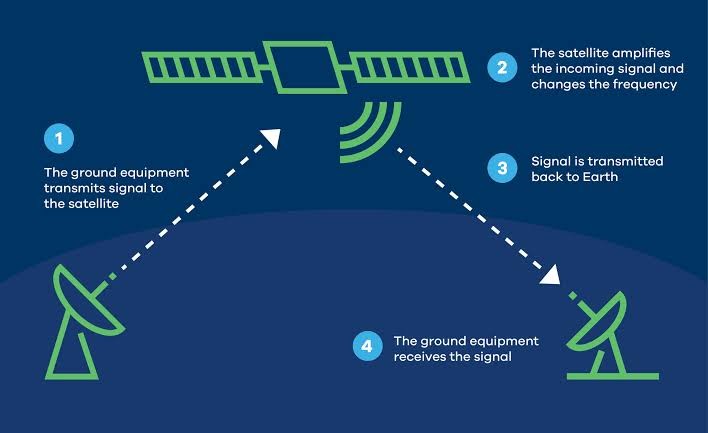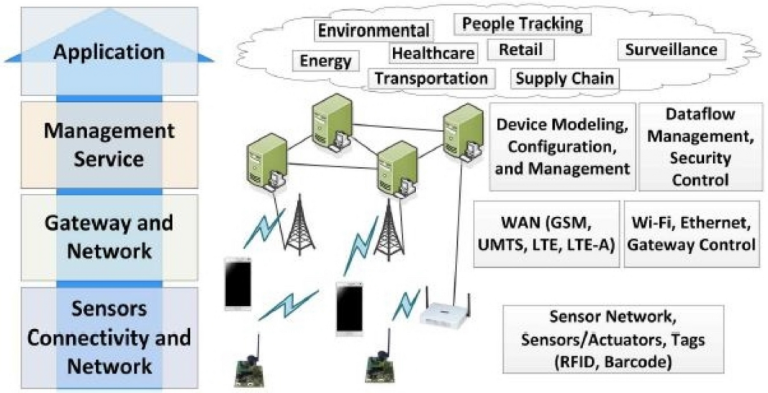In-Building Solutions (IBS) for Seamless Indoor 5G Connectivity
telcomatraining.com – As the demand for faster, more reliable wireless communication continues to grow, the rollout of 5G technology has become a global priority. While outdoor 5G networks are expanding rapidly, one critical challenge remains: ensuring strong and consistent 5G coverage inside buildings. This is where In-Building Solutions (IBS) play a pivotal role.
Understanding In-Building Solutions (IBS)
In-Building Solutions (IBS) refer to a network of infrastructure components—such as antennas, distributed antenna systems (DAS), and small cells—installed inside buildings to improve mobile signal strength and data transmission. These systems are particularly essential for 5G, which operates at higher frequencies that struggle to penetrate thick walls, glass, and concrete structures commonly found in modern architecture.
IBS effectively bridge the gap between outdoor macro networks and indoor user devices by ensuring that 5G signals are distributed evenly and reliably throughout indoor environments such as offices, hospitals, airports, shopping malls, and stadiums.
The Importance of IBS for 5G
5G offers ultra-low latency, high data rates, and massive device connectivity. However, to realize these benefits indoors, the signal must be strong and uninterrupted. Without IBS, even the most advanced 5G networks may experience signal loss, dropped calls, or slow data speeds inside buildings.
Here are some of the key benefits of implementing In-Building 5G Solutions:
1. Enhanced Signal Coverage
IBS ensures consistent signal coverage across every floor and room, eliminating dead zones and boosting overall user satisfaction. With proper design and deployment, users can experience seamless 5G connectivity whether they are in the basement or on the top floor.
2. Improved Network Performance
By offloading traffic from the outdoor macro network, IBS reduces congestion and increases network efficiency. This results in higher data throughput, lower latency, and a more stable connection for all users within the building.
3. Future-Proofing Infrastructure
IBS are scalable and adaptable, allowing building owners and operators to accommodate future upgrades in mobile technology. Investing in a well-designed IBS today ensures readiness for future 5G advancements and potential transitions to 6G.
4. Support for IoT and Smart Building Applications
5G is the backbone of the Internet of Things (IoT). From smart lighting to energy management and security systems, IBS enable seamless integration of smart technologies, driving building automation and operational efficiency.
Components of a Typical IBS
An IBS typically includes:
- Base Station (BTS): Connects to the mobile network and supplies the RF signal.
- Distributed Antenna System (DAS): A network of antennas placed throughout the building to evenly distribute the signal.
- Small Cells: Low-power radio access nodes that improve capacity and signal quality in high-density areas.
- Cabling and Infrastructure: Connects all components, ensuring signal integrity.
IBS Deployment Considerations
Deploying an effective IBS requires careful planning and professional expertise. Here are a few factors to consider:
- Building Structure: Material type and design affect signal propagation.
- User Density: High-traffic areas may require denser antenna placement.
- Regulatory Compliance: Installation must adhere to local telecom regulations and safety standards.
- Operator Coordination: Collaboration with mobile network operators is crucial to ensure signal integration and optimization.
Conclusion
In-Building Solutions (IBS) are essential to unlock the full potential of 5G connectivity indoors. As more businesses and institutions depend on high-speed mobile networks, the demand for reliable indoor coverage will only increase. IBS not only improves user experience but also supports advanced applications such as IoT, AR/VR, and real-time communication. Investing in a well-designed IBS is a strategic move for any organization aiming to stay connected, competitive, and future-ready in the 5G era.







